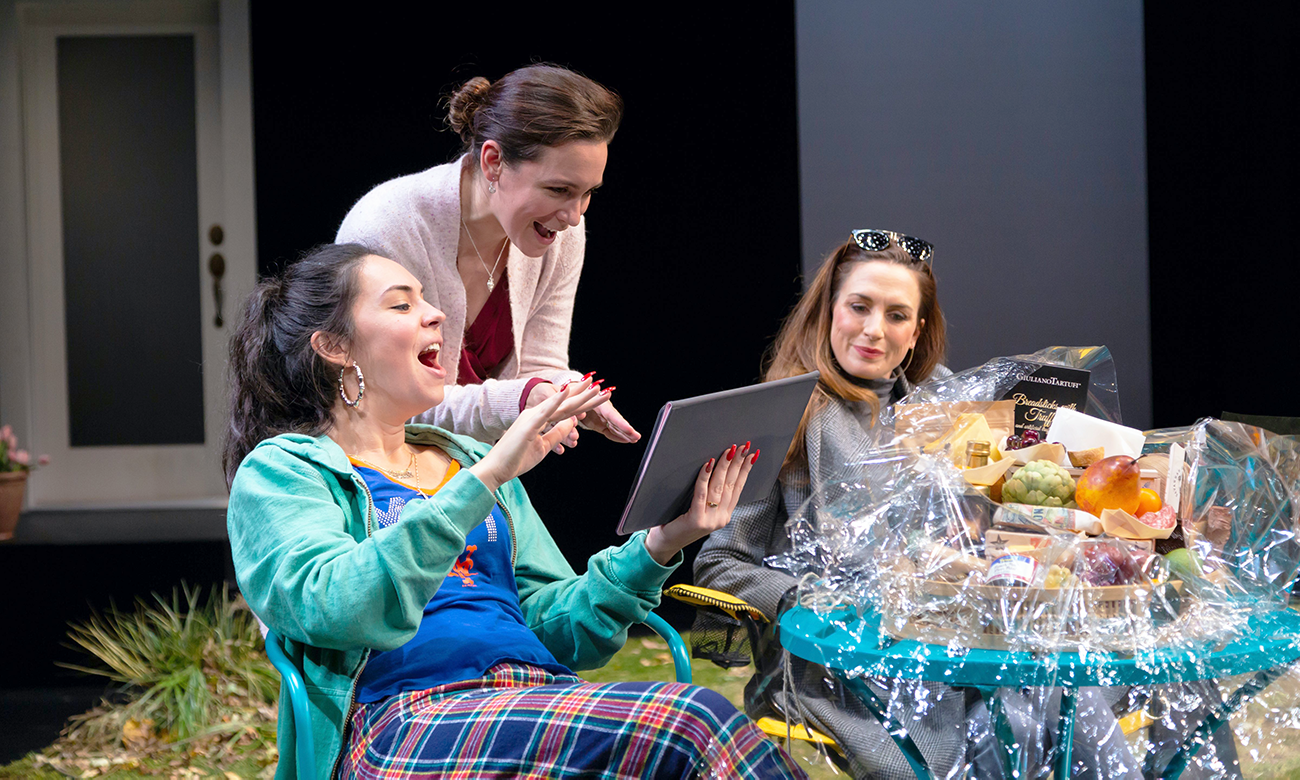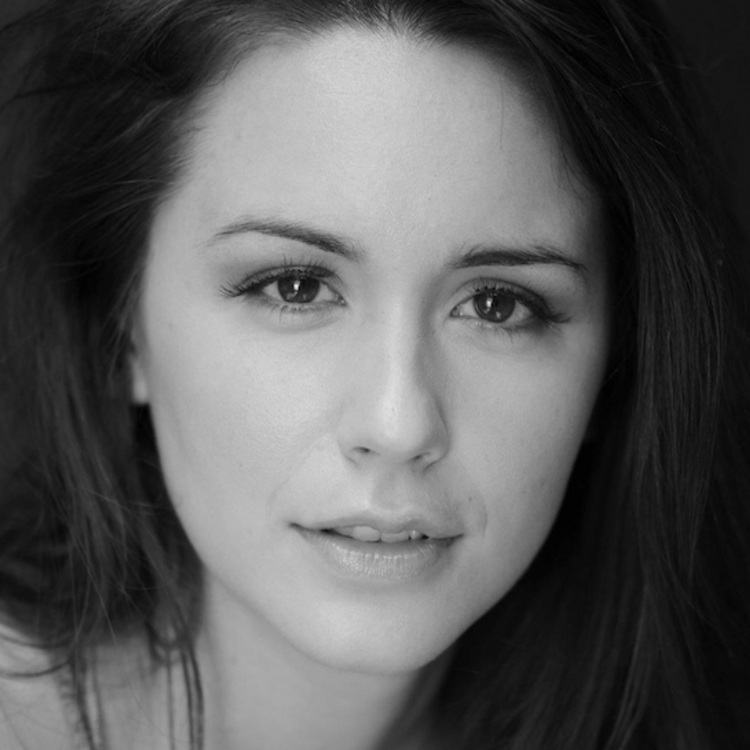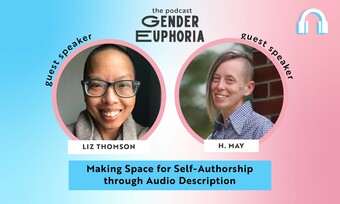In many ways, the interview expanded on discussions we had as a cast and creative team. Most notably, we often returned to the concept of a line society places between “caretaker” and “cared for.” In taking on the role of caretaker, parents are also expected to care for themselves without support or care from others, even though their bodies and circumstances have changed drastically.
“Are you sure you’ve got everything? Is there anything else you’d like to talk about?” Rachel asks.
I pause for a moment, knowing that if I answer her truthfully, she’ll see a part of me that’s vulnerable, angry, defensive. I haven’t been able to shake something Rachel said during tablework for the production, as she shared her experience of navigating the world while pregnant. She recounted memories of out-of-order elevators and uncomfortable, cramped subway rides spent on her feet, concluding, “When I was pregnant, I experienced almost a full year where the world was not made for my body.”
Finding creative ways to inhabit and navigate inaccessible spaces is a baked-in part of how I experience the world.
I want to ask her about this moment, because what fueled my anger was actually intense recognition. I have cerebral palsy, which affects my balance and motor skills, and gives me a pronounced limp; I often use crutches to get around more easily. The world most definitely is not made for my body. Finding creative ways to inhabit and navigate inaccessible spaces is a baked-in part of how I experience the world.
It’s also true that my disability is a source of hard-won pride. My physical reality informs how I approach my work as a theatremaker, and I wouldn’t have it any other way. In many ways, theatre environments are open-minded and loving, and I’ve had plenty of positive experiences to remind me why I’ve chosen this path. But I’ve also experienced painful things that most disabled theatremakers will recognize: unsafe or inaccessible sets and performance spaces, missed opportunities, and more insidious biases that cause others to question my skills or even my presence.
I’m learning, through our interview, that Rachel has experienced something similar as a parent-artist. In a particularly resonant moment, she says:
For the first year of [my daughter’s] life, I took all the responsibility on myself to show up as though I was not a mom…. I had the understanding that my job was to show up and perform as though that part of my life did not affect anything, and it affected everything.
I want to ask her about the connections I’m discovering, but at first I hesitate. I’ve never been pregnant, and I have no desire to be a parent. I don’t want to assume things about her experience, and I know that bringing up disability can often make people uncomfortable. Ultimately though, I make the dramaturg’s choice. I risk discomfort, and I ask the question: “Has being pregnant or being a parent helped you consider a broader need for accessibility?”
Rachel’s eyes light up, and I’m met with determination and a recognition that mirrors my own. “The inability to move about a workspace freely, but still [being] expected to show up as though I do,” she says, “has made me an advocate for interconnected access…. If we start to engage with questions about the parent community, it should not stop there.”
We won’t always need the same things, but if both communities find ways to show up for one another, everyone begins to benefit.
Our conversation and moment of connection made me realize that the parent-artist community and disability community have the potential to be excellent “accomplices and allies,” to borrow Rachel’s phrase. When PAAL, and organizations like it, advocate for things like remote work possibilities and flexible rehearsal schedules and spaces, they’re highlighting a broader need for creative environments that work for everyone. Similarly, when theatres and artists make an effort to integrate these options, all kinds of bodies, minds, and perspectives will not only be welcomed in the creative process but will be able to be present. If theatres begin to implement childcare rooms for parent-artists, sensory-friendly breakrooms become a possibility. A lighting or sound board with enough space to accommodate a pregnant belly also has room for a wheelchair, walker, or crutches. We won’t always need the same things, but if both communities find ways to show up for one another, everyone begins to benefit.
More importantly, disabled artists and parent-artists understand that a massive shift in society’s collective values and way of thinking is necessary to create a more accessible (artistic) world. We all have to reexamine the kinds of stories we value and what we imagine can belong on stage. We have to consider the ways our internalized ableism is limiting our perceptions of what artistic contribution looks like, who can contribute, and which contributions are “valid” or “valuable.” We have to be willing to reexamine the expectations we place on our bodies and minds, and on the bodies and minds of those around us.
Perhaps we could start by breaking down that imaginary line between “caretaker” and “cared for.” Our ability to care for others (as a friend, a family member, a partner) doesn’t mean that we are never vulnerable. And if our bodies and minds defy expectations, if we have a more unconventional sensory, emotional, or physical experience of the world, it doesn’t invalidate our worth. Our artistry and advocacy will only become richer as we choose to embrace our shared vulnerability and strength.













Comments
The article is just the start of the conversation—we want to know what you think about this subject, too! HowlRound is a space for knowledge-sharing, and we welcome spirited, thoughtful, and on-topic dialogue. Find our full comments policy here
I think it is amazing how the writer is bringing attention to people who aren’t normally recognized, especially in theater.